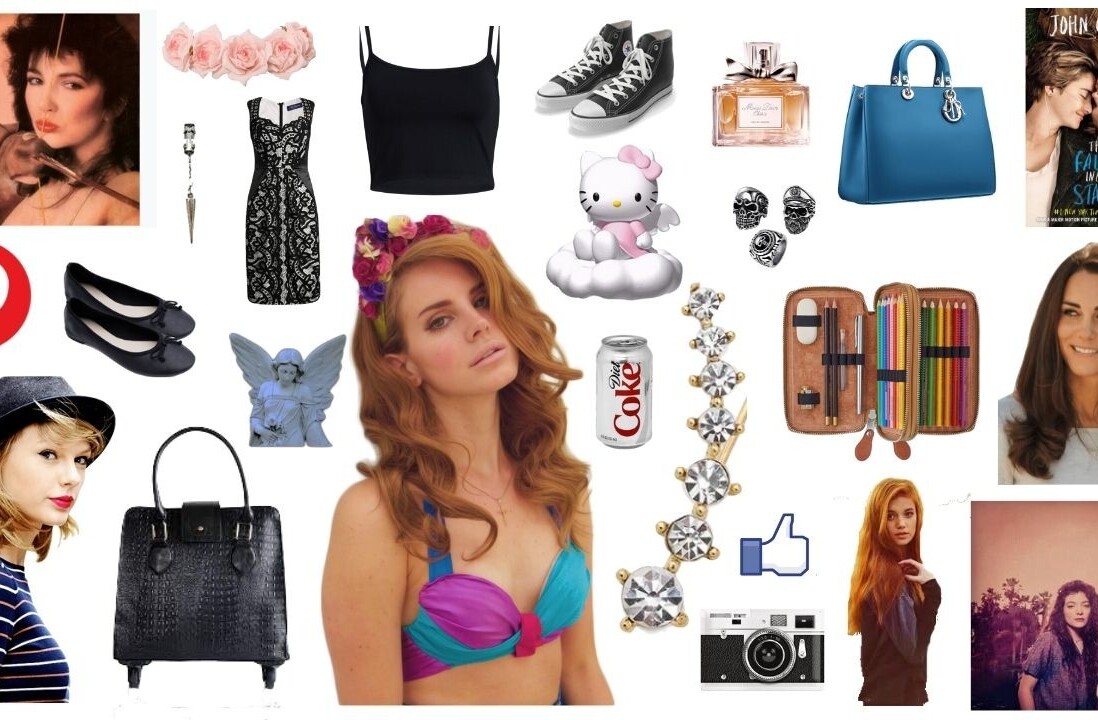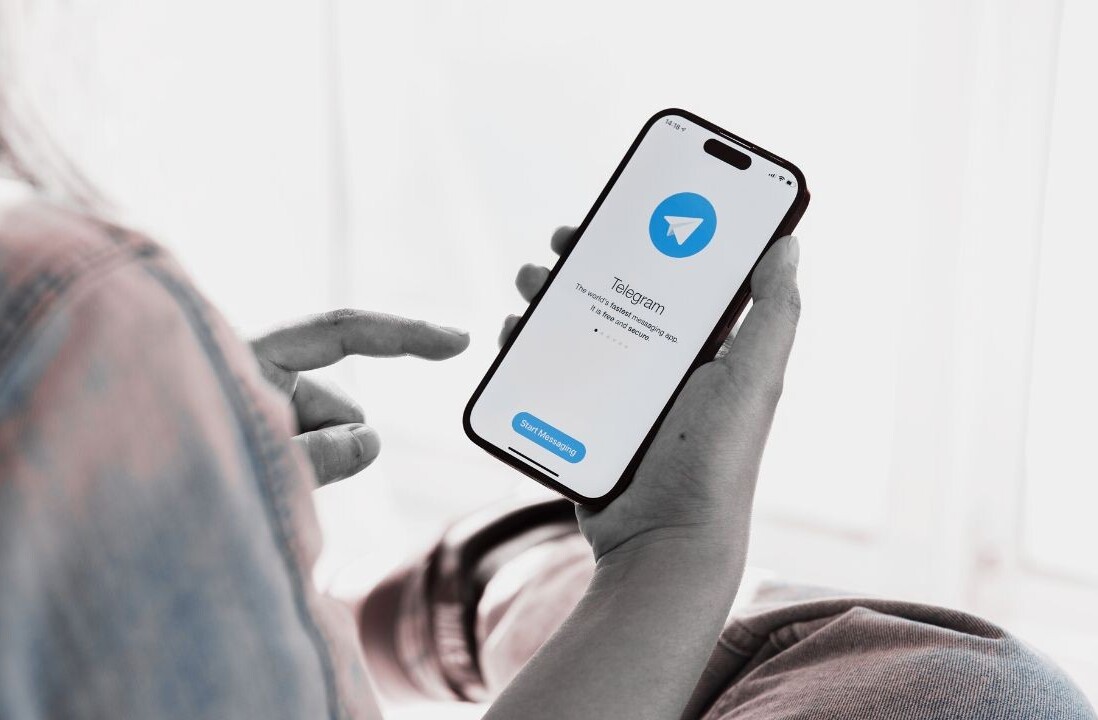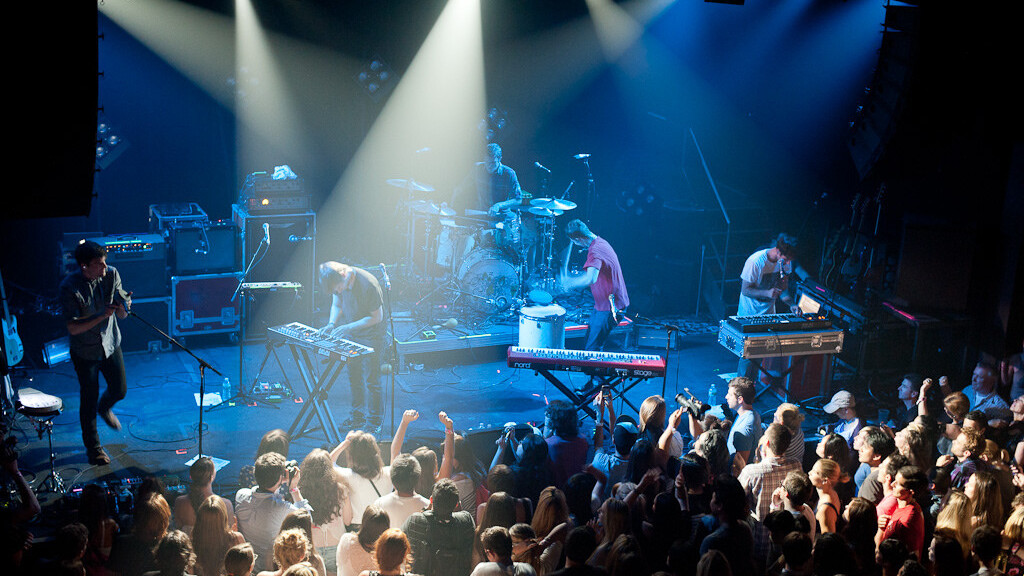
The days of lament over album sales are long gone. Bands have gotten with the times, and are constantly seeking new, innovative ways to reach fans in the digital age. Check out our story on Bluebrain, a Washington, D.C. based band who put out the first musical album that’s also a location aware iPhone app. Now that’s epic innovation! Being tech savvy and jumping on the social media train, like any smart brand, is essential for bands. It’s simply where the party is.
“Social media provides the tools to cultivate a fanbase. By engaging fans, bands are able to make their fans feel a part of the ‘team.’ A band’s career is only as deep as its fan base. At this point, just about every (non-heritage) band has a presence across the major social media platforms. Given this oversaturation, it is essential for bands to interact with their fans in a creative, novel manner.”
-Jesse B-H, manager of Hoba Hoba Spirit and Dexter Scott
There are a slew of music industry-friendly websites out there like CD Baby and Gigmaven, helping bands join the 2.0 world (even if it’s with vintage leather jackets, greasy hair and unplugged guitars). On Tuesday of this week, Grooveshark and Indaba Music teamed up to create “Breakthrough Radio,” a radio channel on Grooveshark designed to spotlight emerging artists from the around the world. The channel will feature artists and music sourced from Indaba’s rich community of over 600,000 musicians, and together, Grooveshark and Indaba will break emerging artists by exposing them to Grooveshark’s massive listener base of over 30 million monthly unique visitors.
Recently, Nugs.net, a music service provider for jam bands, developed a fun appetizer for music on Facebook. Using the app, when you post a link to your status you can sample parts of the live show or album, then your friends or fans can buy the full track directly from Facebook without having to add any applications to your page. For a full demonstration, watch the demo here.
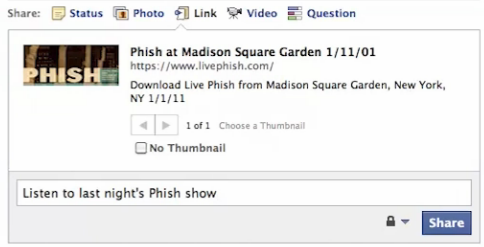
FanBridge is one of the most popular fan relationship management (FRM) platforms for today’s musicians with an impressive roster of clients including Lil Jon, Lady Gaga, John Legend, Imogen Heap and Carole King. FanBridge’s platform helps bands grow, engage and eventually monetize their fan following through a suite of tech and social media tools on both web and mobile platforms. In April, the company announced a major milestone: more than 100 million fans are now actively connecting through email, Facebook and Twitter with their favorite musicians, bands and other brands through its platform.
FanBridge kicked off 2011 with a $2 million Series A funding round, which it used to acquire damntheradio, a platform that let users create media-rich and engaging Facebook fan pages with built-in viral features, such as the ability to ask users to “Like” items in order to unlock new content. FanBridge also launched its new partner API this year and extended partnerships with Songkick, Appbistro and SoundCloud to enrich both the client and fan experience. In the coming months, FanBridge will introduce other ways to help clients get the most out of their fan lists, including a new marketplace to facilitate more promotion and sales opportunities on a larger scale.
To add to FanBridge’s spring of success, the company hired online video pro Gray Blue as Director of Music Industry Relations. We caught up with Blue about where the music industry is headed in terms of the utilization of FanBridge’s fan tools and what it really means to have “fans”.
CBM: How did you get involved with FanBridge?
Gray Blue: I’ve been working in music marketing for a number of years, and was lucky enough to be recommended to FanBridge through a former coworker. A few interviews later, and I was extremely excited to accept a position with the company!
CBM: Who was your biggest musical influence growing up?
GB: My family – everyone in my family is a lifelong music fan, and all of us have different tastes. I have my mom to thank for Rod Stewart, my dad turned me on to Steely Dan. My sisters gave me David Byrne and The Sea and Cake – and their influences made sure that I recognized that there’s an entire world of great music out there, and any one of us is only just scratching at the surface of what there is to listen to.
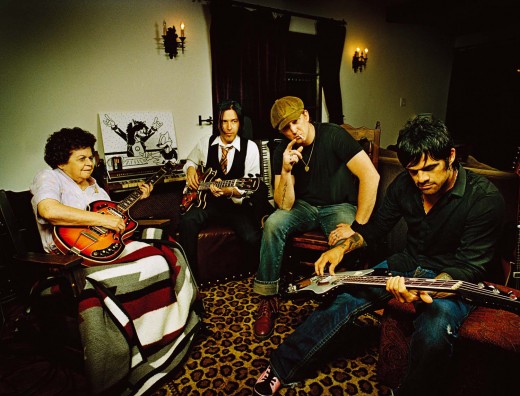
CBM: Of what bands would you consider yourself a huge fan?
GB: It changes a lot, but there are a few that I have always come back to – Queens of the Stone Age (pictured above), UNKLE, DJ Shadow, and Murder by Death.
CBM: Why do you think bands should engage with social media?
GB: Social media provides another level to the artist/fan relationship – going beyond just seeing a show, or buying an album, social media provides a means for open communication between the artist and fan unlike any that there has been in the past.
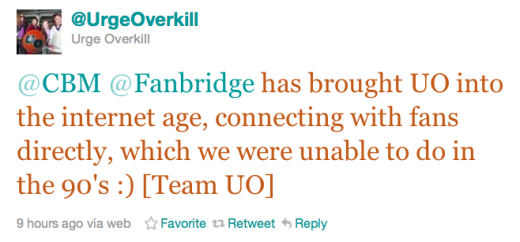
CBM: What are the most important social media tools for bands today?
GB: Hit your fans where they spend the most time: Email provides longevity, Facebook accounts for the largest amount of time spent at a site by US internet users – (talk to your fans where they are), and the third remains open to interpretation. RSS feeds from your blog are great, so is Twitter and Tumblr – pick the one you like the most, but don’t spend all of your energy there. And always maintain your own site.
CBM: What are 3 great websites/services that every band should be using?
GB: Whichever ones you’re happy with, and you feel show the greatest return. The fact of the matter is that there is no formula for online behavior with a guarantee attached to it. There is no “X + Y = $$$” that will apply to every artist. Every artist is different, as is every fan and fanbase. Test a few out, see what you like, and go with it. (Though, I am partial to FanBridge, SoundCloud, and SongKick.)
Twin Shadow – Castles In The Snow (Com Truise Remix) by Com Truise
CBM: What are 5 rockstar ways bands can make more money and better engage with their audience through social media?
GB:
- Do – provide your fans with information. If your fans don’t know how to buy your tickets, get to your shows, put their hands on your music, then you’re doing it wrong.
- Don’t – spam. Fans want you to talk to them, but no one likes to see their inbox/newsfeed/stream inundated by anyone or anything.
- Don’t – be afraid to sell something. Remember that what you’re creating is valuable. When you devalue yourself, so will everyone else, and not just in music.
- Don’t – forget about your music. All the tweeting, Facebooking, and emailing in the world won’t automatically create a fan base. As a performer, your music should be the priority, and online activity is an extension of what you make.
- Do – be grateful. As a musician, your fans are the ones that buy tickets, mp3s,t-shirts, etc, and allow you the ability to perform. The rush you get on stage, the joy you have when someone wears your shirt – that doesn’t exist without your fans. Thank them, appreciate them, be grateful to them.
CBM: What bands are using social media best?
GB: Social media, as an online category, has become too broad to say simply that one artist does it better than another. Everyone uses different pieces in different ways, and to different ends. OK Go has done amazing things on YouTube for years. Lady Gaga’s #littlemonsters are ravenous. Everyone would love to replicate the online practices that Radiohead uses. And every day, someone comes out with a new tool, platform, or use that could conceivably change the entire game.
[Don’t miss Range Rover’s viral with OK Go and their new geo-mapping app]
CBM: What are 3-4 awesome social media campaigns by bands you’ve seen recently?
GB: I’m really intrigued by some new ones, which have recently gone live, and very eager to see what happens with them – Kaiser Chiefs’ DIY album cover project, Katy Perry’s “Kathy Beth Terry” alias, and Junip’s create-the-video project. All could generate some really amazing results.
CBM: In what ways do you see bands using social media in the future as mobile technologies pervade?
GB: Discovery, without a doubt. Discovery of new artists has easily been one of the biggest impacts that the Internet has had on how people consume music, and as that moves to the device that we all carry at our side, the timeline from discovery, to listening, to fandom has shortened to mere seconds. That process is one that is now becoming a mainstream focus, and as the technology progresses, so will discovery.
For other great ways to discover music on Last.fm, check out our list of 10 Great Last.fm Apps, Hacks and Mashups.
Get the TNW newsletter
Get the most important tech news in your inbox each week.

